Rice paper for decoupage: how to choose and use?
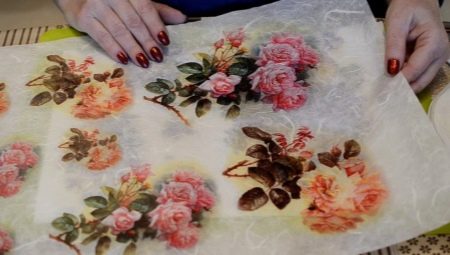
Today, rice paper for decoupage or decoupage card is a very popular material for decorating various surfaces. Admirers of this creativity apply a variety of motifs and patterns to the front of this paper, which are used specifically for decoupage types of work. Rice paper is used to decorate bottles, all kinds of vases, dinner plates, wooden boxes and other products. You can give your old favorite souvenirs a new breath and place them in a conspicuous place to decorate the interior of a house or apartment.

Peculiarities
Decoupage material of various densities is produced, and the density of the material is best felt during palpation.
In decoupage, it is advisable to use thin rice paper, since it is easy to stick thin material, and it merges perfectly with almost any type of surface.
It will be completely impossible to distinguish between the boundaries of the surface itself and the paper, a kind of impression of a beautiful drawing created by the artist's brushes will be created.
If you work with denser images, then such borders remain noticeable and can damage the quality of the design. Density varies from 5 to 20 g per 1 sq. m.
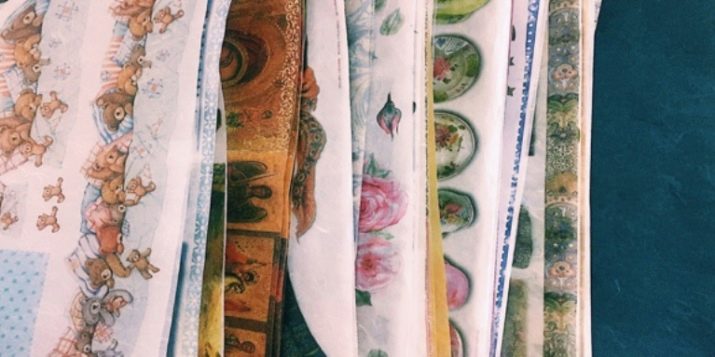
Varieties
Three-layer napkin - in ordinary stores, such napkins are sold in packs, in art stores they can be purchased individually. Both professionals and those who are just starting to get acquainted with this type of creativity can work with such decoupage napkins.
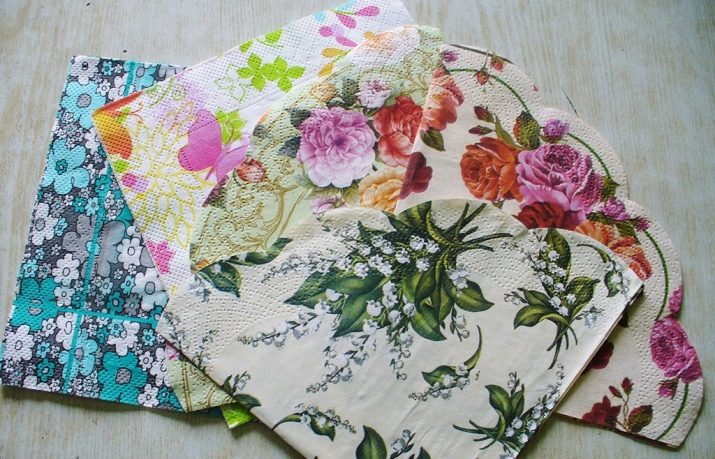
Decoupage cards - special sheets on which a drawing for decoupage is shown.As an example: these can be lavender flowers, beautiful mountain scenery or transparent streams. By the way, the density of these products is higher than ordinary napkins, and the choice of patterns is simply huge.
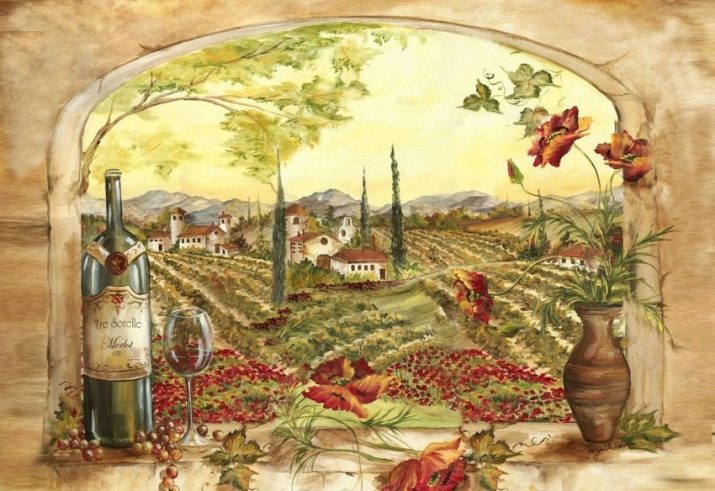
Rice paper is called the ideal material for decoupage, because it has a low density and, at the same time, rather high strength. A decoupage card made from rice paper can be of different sizes and different weights.
This special material can be purchased to create a retro, antique or vintage style depupage. A huge variety of different colors and all kinds of beautiful motives will allow you to choose the right option that can satisfy your wishes and preferences.
Initially, the rice material surprises with its thin veins, and this is not at all surprising, since it is made from rice straw.

If you decide to purchase rice paper for decoupage, then you should familiarize yourself with the important features of this material.
- Light streaks of rice on the decorated products look quite beautiful and original.
- Large rice canvases fit perfectly on ceramic, porcelain, glass, plastic and wood surfaces.
- This translucent color material adheres with ease to almost any surface.
It is better that the base of the object to which the decoupage card will be glued is light or completely white.
- The structure of the rice material is much stronger than ordinary napkins.
- Thin rice material should be selected for perfect alignment with the surface.
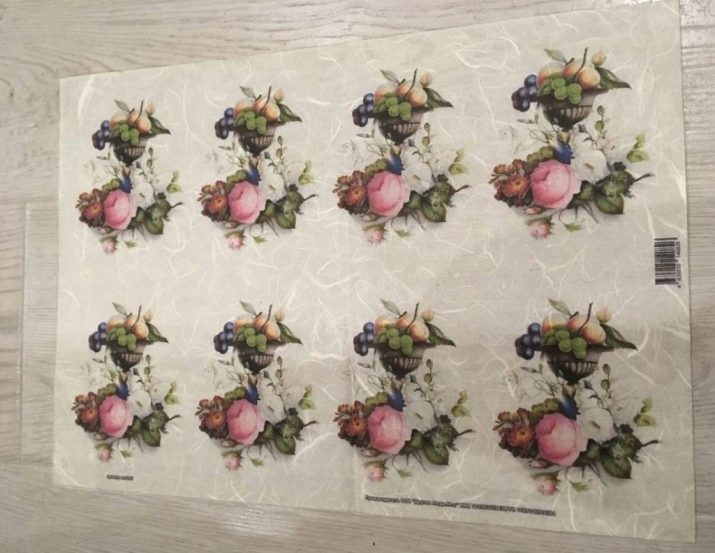
Decoupage cards look especially beautiful on glass - the natural transparency of the material creates an accent on the picture, thereby making it stand out. By size, decoupage cards of the standard format - A3 or A4. It is this size that is considered optimal and suitable for performing various works in various areas.
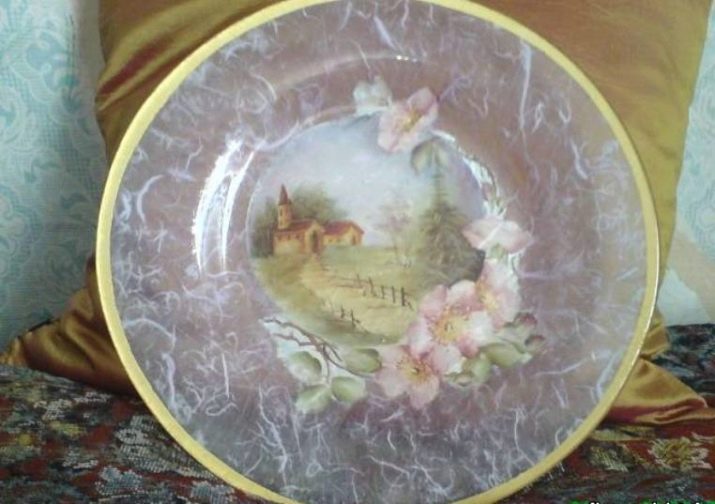
Choosing the right rice paper
When purchasing this material for decorating, you must carefully read the accompanying note on the cardboard, which may contain information about the strength of the paper and its density.

Before purchasing paper, first of all, you need to find out how you can extract the existing motive from the material. This subtle material blends perfectly with any chosen background. Decoupage cards with fibers have a transparent structure, but you can choose a material that has a higher density to obtain clearer borders on the item being decorated.
Therefore, it is better to use scissors when the borders of the selected images are made out, painted over or completely hidden in addition under the decor.
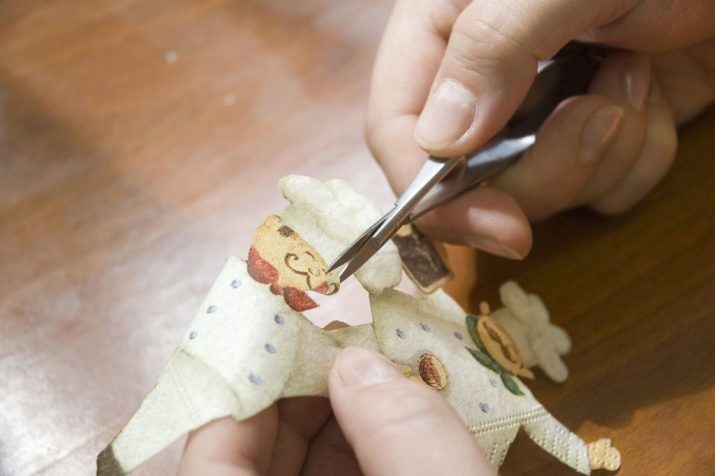
If you need to leave the edges of the motives invisible, the following steps are performed step by step:
- the selected image must be separated by hand;
- reaching the rice fibers, they are trimmed with small scissors;
- if you tear off the material without using scissors, it may break, and the fibers may not disperse correctly at all, which will spoil the integrity of the picture.
Bonding paper is considered to be difficult and at the same time the most interesting. This work can be compared to how traditional decoupage is made only with its own specific subtleties.
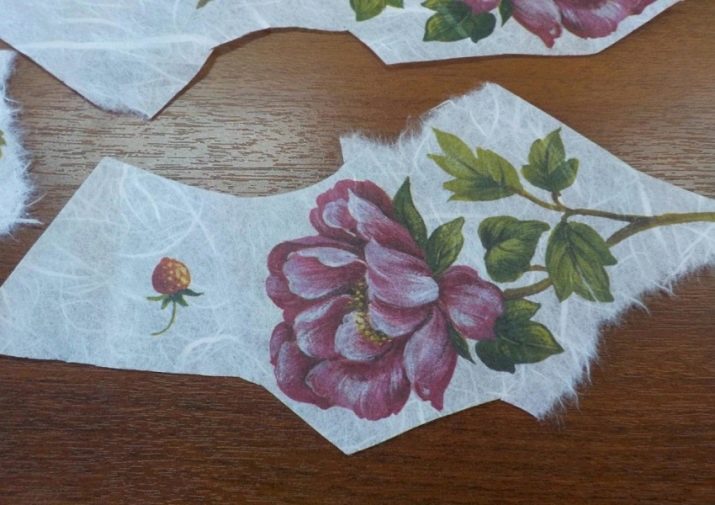
Master class: decoupage with rice paper on wood
The first step is to prepare a wooden surface, for example, a chest of drawers. To do this, it must be completely sanded to remove all existing irregularities. Next, using a brush, a special acrylic primer is applied to the coating. While the acrylic primer hardens, you can pick up paper fragments.
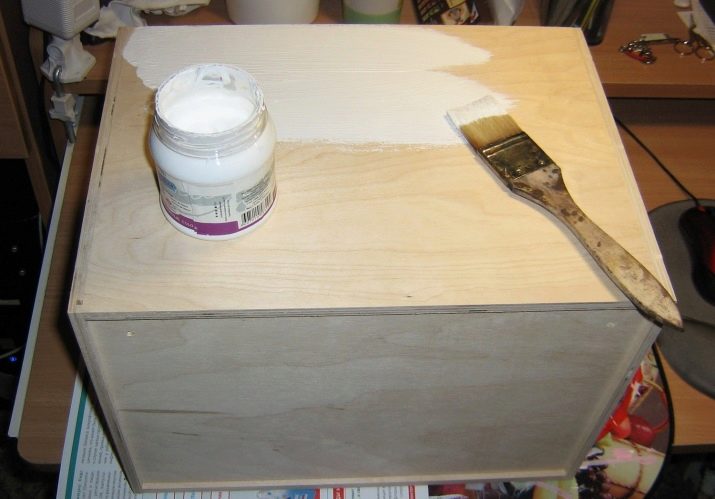
Further steps:
- brown paper must be completely pasted over the wooden surface;
- while the product dries, you can prepare new fragments and sand the edges of the paper with zero sandpaper;
- prepared fragments are glued to the highlighted area using a special varnish;
- to achieve a marble texture, you should walk with a sponge (cosmetic sponge) over the entire plane of the wooden product, without affecting the main image - this will create an imitation of marble with similar stains;
- only after complete drying, the wooden product is covered with acrylic varnish in 2 layers.
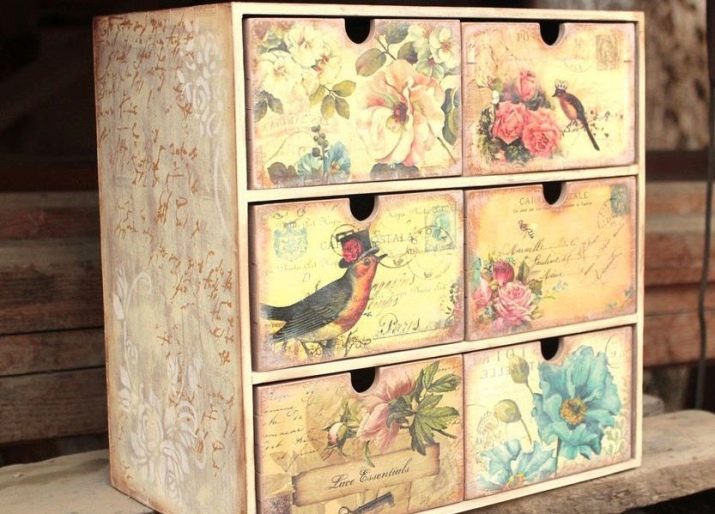
Sometimes certain types of decorating techniques are combined. For example, you can use fragments of rice paper, ordinary napkins and even cloth on one surface. Thus, the decor is carried out on the dining table and even on the kitchen stove.
However, it is advisable to start acquaintance with the decoupage technique with the decor of various bottles of an unusual shape.
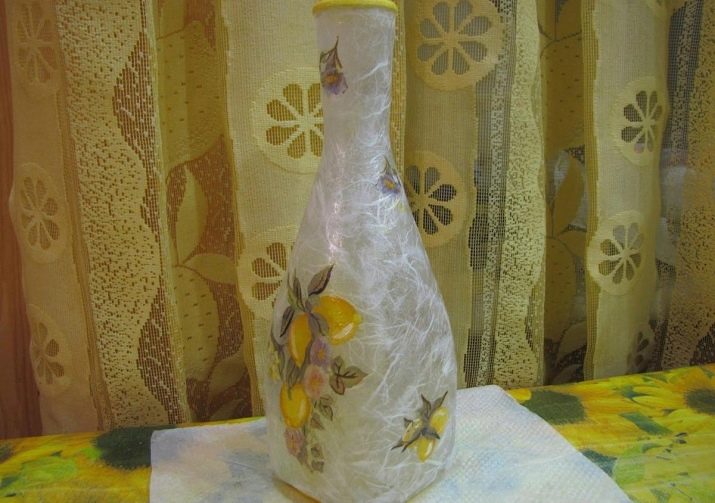
Lace rice paper
To understand how to properly work with lace paper, as an example, you can disassemble the decoration of a vase. To do this, you need a lace decoupage card with a beautiful pattern. Also, a white sheet of rice paper will be useful.
You can separate the white layer from the three-layer napkin and use it if it is not possible to get the white sheet. This layer will be a great replacement.
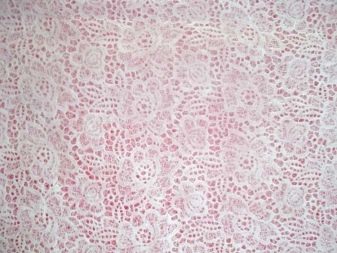
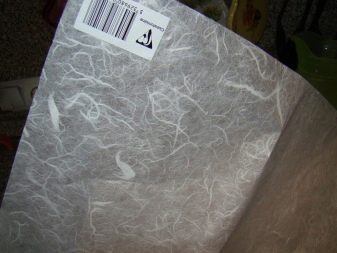
The next step in decoupage will be the preparation of special glue or ordinary PVA glue. In addition, you will need to use acrylic varnish. You also need to prepare a soft brush and a glass of water.
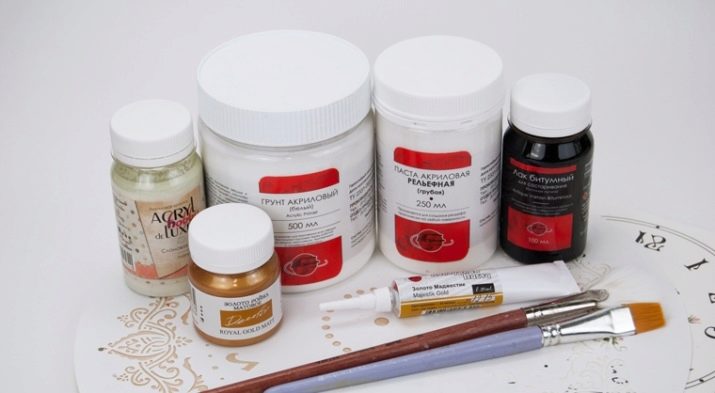
It is not difficult to glue lace paper. The main thing is to follow the existing rules for gluing this material to the surface. First of all, it is necessary to degrease the surface; for this, any alcohol-containing liquid is usually used. You can glue lace rice paper from any place you like. By the way, the material can be glued not only with glue, but also with varnish.
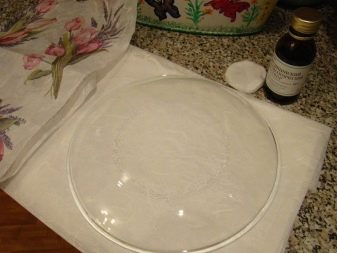
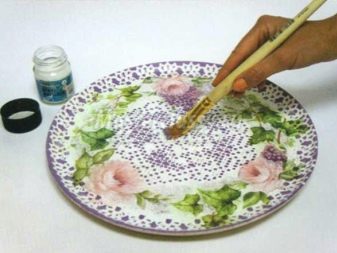
Inexperienced decorators can initially cover the surface with paper using ordinary water.
You just need to attach the paper to the plane and moisten it with a wet brush. Rice paper is inherently "non-capricious" material, like, for example, ordinary napkins, so it is best to moisten the fragments starting from the middle and moving to the edges. In the process, you need to expel any air bubbles. As soon as the fragments with the paper are located on the surface correctly, you can walk on top with special glue or use varnish.
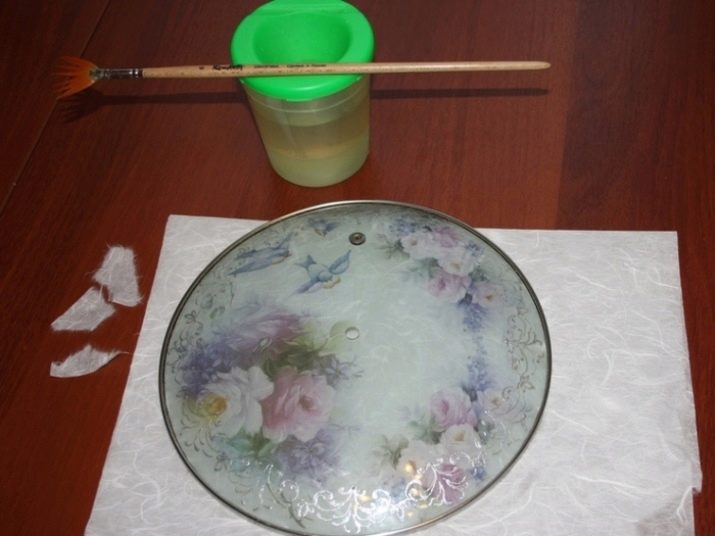
If voids are formed, that is, areas without paper, they can be filled using napkins with pieces of white material. The resulting folds need not be smoothed out - they will create the effect of a fibrous structure. The main thing is to glue the lace paper in such a way that there are no gaps left.

You can get acquainted with the features of performing decoupage with rice paper in the following video.








